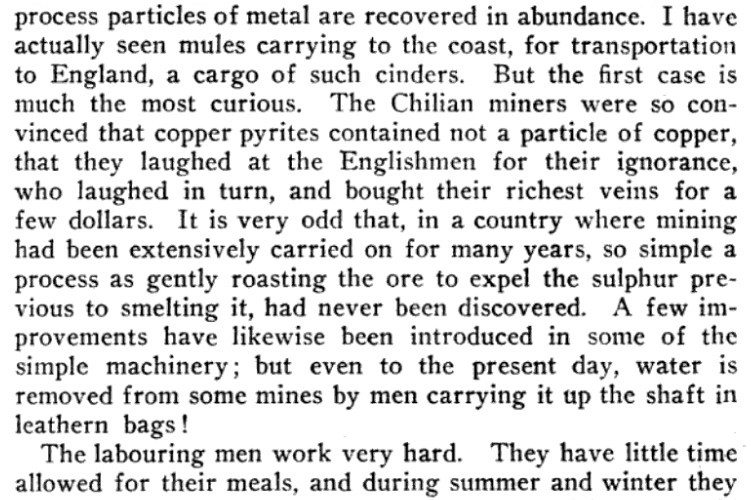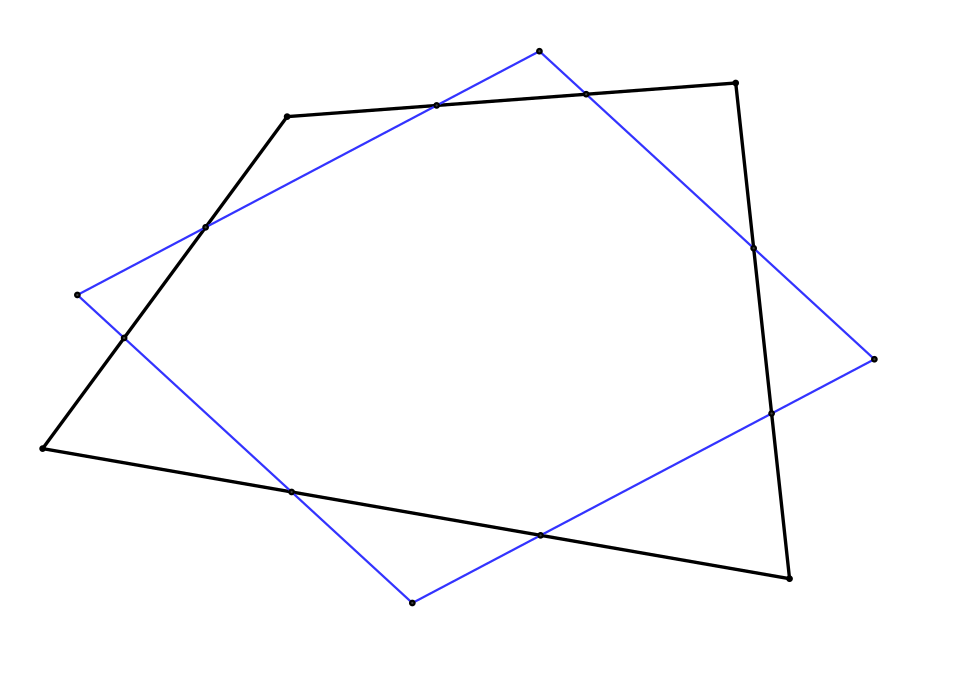Kevin Purbhoo invented this vivid puzzle while a student at Northern Secondary School in Toronto:
On a remote Norwegian mountain top, there is a huge checkerboard, 1000 squares wide and 1000 squares long, surrounded by steep cliffs to the north, south, east, and west. Each square is marked with an arrow pointing in one of the eight compass directions, so (with the possible exception of some squares on the edges) each square has an arrow pointing to one of its eight nearest neighbors. The arrows on squares sharing an edge differ by at most 45 degrees. A lemming is placed randomly on one of the squares, and it jumps from square to square following the arrows. Prove that the poor creature will eventually plunge from a cliff to its death.


